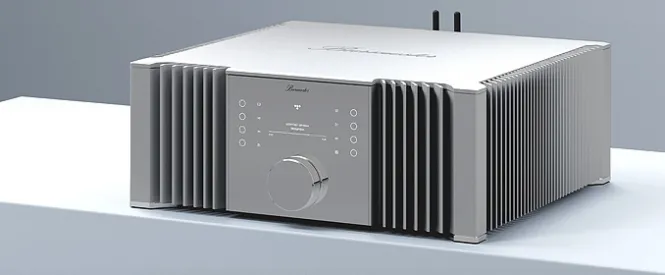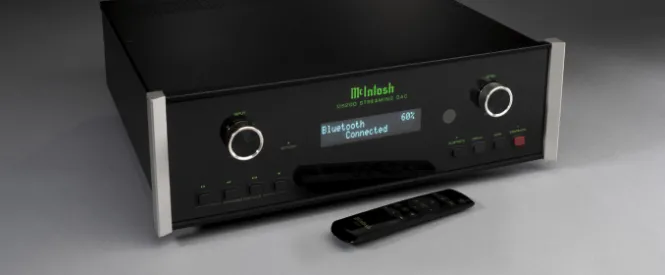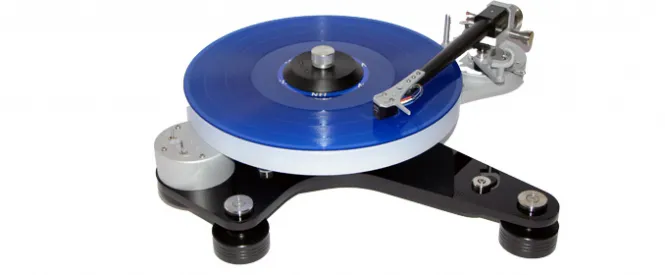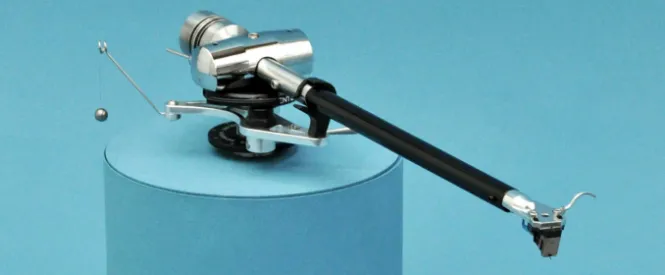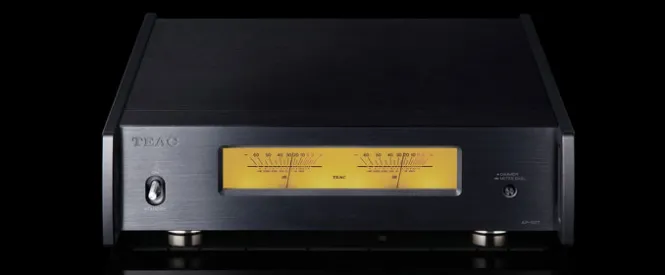Rega Aria MK3 Phono Stage Review
Another new affordable high-quality phono stage joins the fray. David Price listens in…
Rega
Aria MK3 Phono Stage
£899
The battle of the mid-price phono stages rages! Rega’s new Aria Mk3 has parachuted right into the middle of the fray – at £899 it’s not far off Chord Electronics’ new Huei, which many regard as the class of the field. Not only does the Aria Mk3 sound different, but it is also completely ‘old school’ with no digital control circuitry, just old fashioned mechanical switches. Indeed, it’s so retro that – electronically at least – it’s the same as the Mk2. You may think this odd, but this is actually a reskin to match the look of the Planar 10 turntable’s bundled power supply unit and the new Aethos amplifier.
As you’d expect from Terry Bateman – Rega’s ‘rock star’ electronics designer – the Aria Mk3 uses discrete transistors in the signal path. It offers a choice of moving magnet or moving coil inputs, switchable via the front panel and complete with separate pairs of phono sockets around the back – so you can keep two turntables connected at the same time, providing one has an MM cartridge and the other an MC.
The MM input employs low noise, bipolar input transistors configured as a compound pair. Switching is done at high signal levels and at low impedance via relays, for minimal signal degradation. The MC input uses parallel connected, low noise Field-Effect Transistors, so there’s no bias current flowing in the cartridge coil to upset the cartridge’s magnetic geometry. There’s a choice of resistive input loading from 70ohms to 400ohms and capacitive loading of 1000pF to 4200pF, and input sensitivity can be changed by 6dB – all done by DIP switches on the back panel. Two separate power supplies are used per channel, with fancy Nichicon FG electrolytic capacitors in critical positions; polypropylene caps feature in the signal path and equalisation networks.
SOUND QUALITY
During my time with the Chord Huei, I came to like the superb levels of detail it excavated off my vinyl records and its solid – almost architectural – soundstaging. The Rega Aria Mk3 has a looser sound; things aren’t as tight and taut, and there’s a slight opacity to the midband not quite there in the Chord. However, in other respects, the Aria pulls ahead. Where the Chord has a clean and crisp character, the Rega is fuller and sweeter tonally, with a better sense of musical flow. The result is a more romantic, emotional sounding performer.
Take Change’s A Lover’s Holiday, a funk/soul classic from the disco era. It’s far from a perfect audiophile recording, but the Aria unlocked the wonderfully syncopated playing and subtle dynamic accenting with consummate skill. The result was that it carried the music’s natural groove very well indeed; the Huei is more mechanical sounding and more focused on the technical quality of the recording.
Tonally, the Rega is what you’d expect from a company with a chief electronics designer who’s a tube nut. Terry Bateman’s designs are always a little warm, so the eighties pop of Scritti Politti’s The Word Girl had a subtle – and ever so slightly loose – bass bloom that helped to power the song along. In the midband, the track’s chiming Roland D50 synth stabs didn’t seem as bright as with some solid-state phono stages. The Aria is smooth then but doesn’t achieve this by lopping off the high frequencies in a bid to give a fatter sound. Indeed hi-hat cymbals were surprisingly sparkly, with lots of shimmer.
I loved what the Aria did for rock music too. REM’s Welcome to the Occupation was surprisingly organic sounding, and slightly less processed than its Huei rival. It deftly conveyed the power of the band at its creative and musical peak. Midband detail was good – if not exceptional – but it was the way that this phono stage handled Peter Buck’s multiple layers of Rickenbacker guitars that really tugged on my heartstrings. Timbre was impressive here; the instruments didn’t sound like digital samples. This went for vocals too, which were tangible and tactile without being overly etched. Overall then, this phono stage leveraged the magic of vinyl to deliver a great listening experience.
THE VERDICT
In absolute terms, Rega’s new Aria Mk3 is ever so slightly dynamically constrained. It lacks detailed insight into recordings – but you need to spend two-to-three times as much money to comprehensively surpass it. As an affordable, mid-price phono stage that’s highly configurable and flexible, it is excellent. Although it doesn’t give you every ‘dot and comma’ of what’s in the record groove, it’s the big picture that counts at this price – and here it excels. Musical, engaging and tonally smooth, there’s an awful lot to like here, for the money.
For more information, visit Rega.
David Price
David started his career in 1993 writing for Hi-Fi World and went on to edit the magazine for nearly a decade. He was then made Editor of Hi-Fi Choice and continued to freelance for it and Hi-Fi News until becoming StereoNET’s Editor-in-Chief.
Posted in: Amplifiers | Phono Preamplifiers | Applause Awards | 2020 | Hi-Fi
JOIN IN THE DISCUSSION
Want to share your opinion or get advice from other enthusiasts? Then head into the Message
Forums where thousands of other enthusiasts are communicating on a daily basis.
CLICK HERE FOR FREE MEMBERSHIP
Trending
applause awards
Each time StereoNET reviews a product, it is considered for an Applause Award. Winning one marks it out as a design of great quality and distinction – a special product in its class, on the grounds of either performance, value for money, or usually both.
Applause Awards are personally issued by StereoNET’s global Editor-in-Chief, David Price – who has over three decades of experience reviewing hi-fi products at the highest level – after consulting with our senior editorial team. They are not automatically given with all reviews, nor can manufacturers purchase them.
The StereoNET editorial team includes some of the world’s most experienced and respected hi-fi journalists with a vast wealth of knowledge. Some have edited popular English language hi-fi magazines, and others have been senior contributors to famous audio journals stretching back to the late 1970s. And we also employ professional IT and home theatre specialists who work at the cutting edge of today’s technology.
We believe that no other online hi-fi and home cinema resource offers such expert knowledge, so when StereoNET gives an Applause Award, it is a trustworthy hallmark of quality. Receiving such an award is the prerequisite to becoming eligible for our annual Product of the Year awards, awarded only to the finest designs in their respective categories. Buyers of hi-fi, home cinema, and headphones can be sure that a StereoNET Applause Award winner is worthy of your most serious attention.

